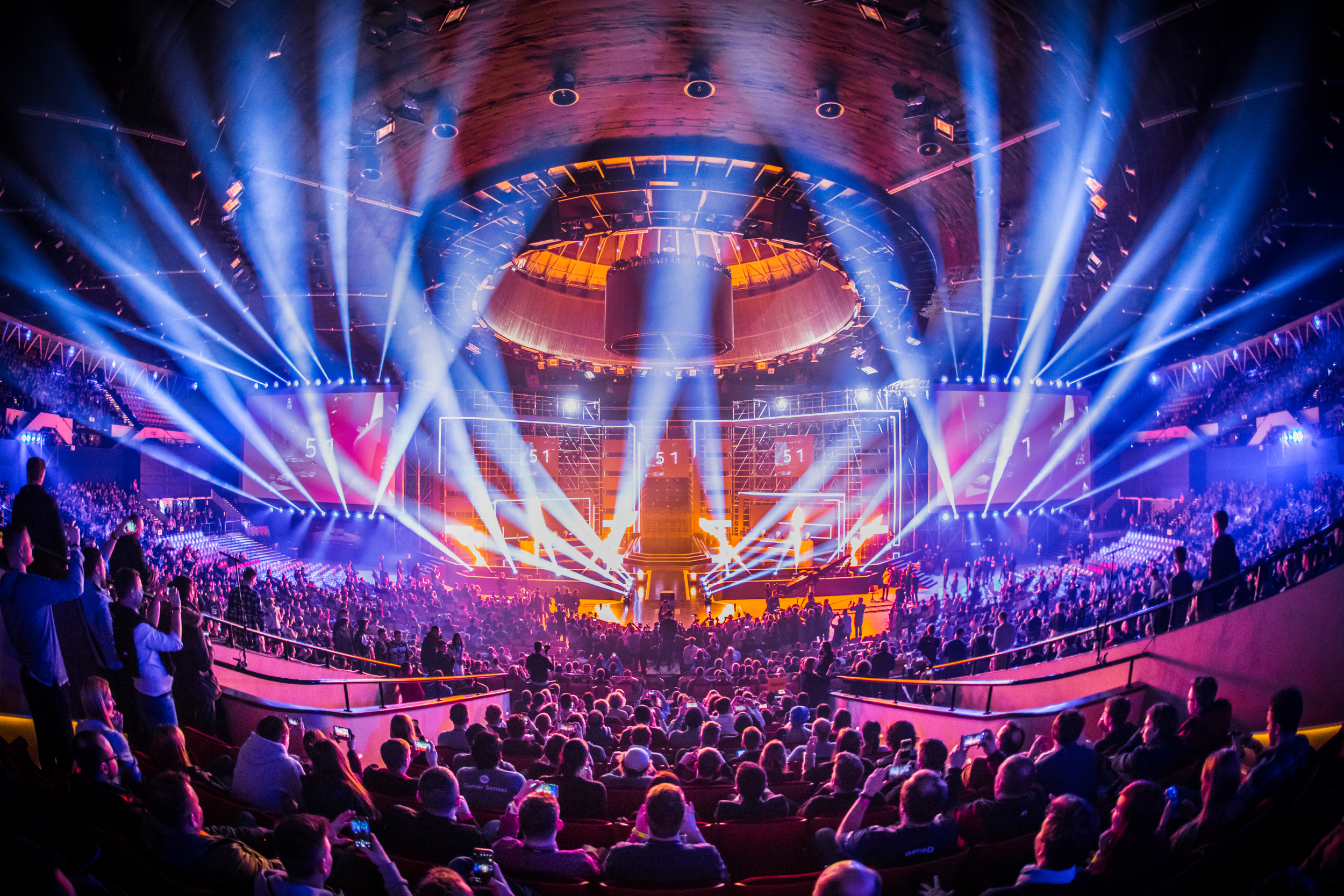
Understanding esports: what you need to know before getting involved
Arnhem, March 27th 2017. One of the largest trends in the entertainment industry has been the surge of esports. Competitive video gamers put their skills to the test in sold out stadiums, packed with thousands of fans and millions of online viewers. Professional gamers have emerged, making a living of playing video games competitively and gaming teams have turned into enterprises. Many companies and media are looking to step in, but do not fully understand the concept of esports. This blog will explain the phenomenon, so you can involve yourself with esports more effectively as a professional.
What are esports?
The term esports is short for electronic sports. Teams and ‘cyber athletes’ travel to a match location in order to play there and find out who’s superior. Electronic sports are competitive, usually performed in teams, bound by clear rules, and are watched for entertainment purposes. Not much different from traditional sports like football, is it? The term esports is an umbrella term for various competitive games. The largest ones are League of Legends, Dota 2, Counter-Strike: Global Offensive, Hearthstone and Starcraft II. League of Legends has over 100 million monthly players and their World Championship Final Event sold out LA’s Staples Center (15000 seats) within an hour. The International DOTA 2 Championships even boasted a prize pool of $20.770.460. Though there is overlap, the audience for one game is not necessarily interested in another game. For example, many of the Counter-Strike: Global Offensive viewers do not understand the rules of Starcraft II and are not interested in watching it.
Søren Bjerg is bigger than Patrick Kluivert
Just like football teams, esports teams have huge crowds with loyal supporters who are rooting for them as they play. For example, teams like FNATIC and Team Solo Mid have millions of fans following their social channels and wearing their merch. Each team has their own background and culture, which draws players to them. Even after roster changes, fans tend to stick with their favorite team. However, the stars of the game also draw many fans to them. For example, the Danish League of Legends player Søren Bjerg (Bjergsen) has a following of over 900.000 on Twitter alone. That’s more than Patrick Kluivert!
A good player is not a pro player
Fans watch esports matches to be entertained by quality gameplay. By nature, esports are very, very complex and action-packed. Fans learn from the pros and wish to be impressed by flashy plays and new strategies. A layman would think someone who plays a game for 3 hours every day would be an expert, but that person will most probably not be on par with the huge esports community. The AVERAGE(!) League of Legends player has played the game for 1179 hours and still cannot hope to ever acquire 10% of the skills displayed by pro players. I estimate League of Legends to maximally have about 300 pro esports players (players that host comedy channels are excluded). That’s 0,0003% of the 100 million monthly playerbase, which means that if a player is better than 99% of the community he or she is not even near to being up to par with the pro players.
esports are experienced together
A big part of the fun with esports lies in the interactive element. Fans experience the game together. This can be due to their live attendance of a match or through live stream channels like Twitch. As opposed to a one-sided TV outlet, Twitch allows them to chat with many thousands of other players during the match. The communities have their own inside jokes (e.g. Kappa) and experience matches together. Also, fans can often live vote to predict the winners or send in questions that will be featured in interviews with the players afterwards.
An esports match without big names is like a small-town amateur football match
I would advise anyone planning to embark in the world of esports to not approach an esports tournament different from a football tournament. First, it is important to feature an esport that has a player base of substantial size and to realize that the audience of one game is not necessarily interested in another game (similar to how football fans may not be interested in hockey). Second, an event must showcase teams and players that are well-known and have fans. Just like football, fans attend a match to see their favorite team or players play and are not necessarily interested in teams unknown to them. Third, esports hosts must realize selling tickets to an esports event without actual professional players is like selling tickets for football match between small-town amateur football teams: you can have them play in the largest stadium in the world, but the match will not be interesting or entertaining. Last, interactivity between the fans is a large aspect of the esports experience. If a TV outlet would want to broadcast an esports match, they could truly make a difference by hosting a chat service or app that allows the users to commentate the match in real time.
esports isn’t always the right solution!
Even though esports are hotter than hot and many non-gaming companies are getting involved, it’s not always the only and not even the right solution to engage with a young audience. Many marketing agencies are jumping on the band wagon and use the hype around esports as a trojan horse to get to non-gaming companies’ marketing budgets. Don’t believe images like the one shown above: they’re an exception and locally you won’t see many events on this scale. If any at all! Want to talk about real gaming opportunities for your company? Let’s have a cup of coffee.
Photo in header: Helena Kristiansson
